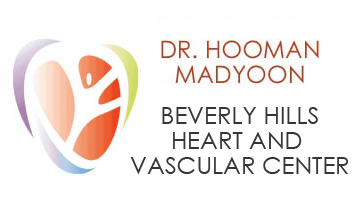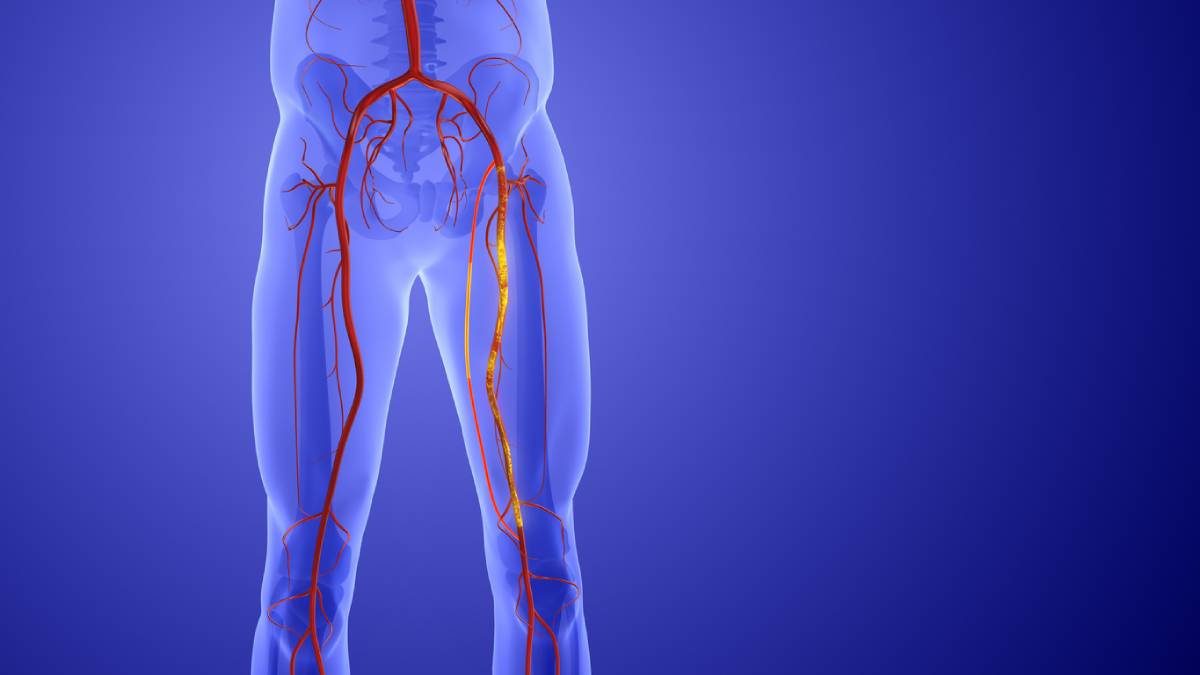Peripheral Artery Disease (PAD) is a condition that affects veins or arteries located outside of your heart and brain, most commonly in the legs. It is a very serious condition, and the treatment plan should be followed strictly. PAD is caused by the buildup of fatty deposits in your arteries. This can occur either due to blockages in or narrowing of the vessels. If you have been diagnosed with or are suspected of having PAD, you may be wondering, “Can you reverse peripheral artery disease?” The answer to this question is complex, and in this article, we will discuss its nuances.
Understanding Peripheral Artery Disease
First, it is worth taking time to understand PAD. As previously described, arteries become narrower and even blocked by fatty deposit buildup, which interferes with blood flow. This occurs slowly and over time, so initially, patients may not feel any symptoms. However, once the buildup becomes significant enough and blood flow is reduced to your muscles, you may feel leg pain, cramping, or even have a hard time walking.
This condition can be caused by multiple risk factors, such as:
- Smoking
- High cholesterol
- High blood pressure
- Diabetes
- Being over 50 years of age
- Genetics
- Sedentary lifestyle
- Poor diet
The more risk factors you match up with, the higher the likelihood of your developing PAD. When it is left untreated, PAD increases the risk of heart attack, stroke, or even amputation of the limb. Clearly, this can be a very detrimental condition!
So, Can You Reverse Peripheral Artery Disease?
Not exactly, but it is more nuanced than just a simple “no.”
Once arteries have become more narrowed or blocked, PAD usually cannot be fully reversed. This is because atherosclerosis, which is the buildup of plaque (fatty deposits), does not just disappear by itself.
However, it is crucial to remember that you can improve symptoms and stop the progression! In the early stages of PAD, the following changes can help manage your disease:
- Quitting smoking
- Regular exercise
- Healthy diet
- Medication to control cholesterol and blood pressure
These life alterations can return some of your blood flow, reduce inflammation, and even cause angiogenesis (the creation of new blood vessels) to bypass the blockages. This means that while the disease cannot be cured completely, you can mitigate its impact on your life by a huge margin. In that sense, that is why you may hear people say it is “reversible.” It is not quite the disease being reversed, but the condition can be managed in a way that reverses your quality of life.
Lifestyle Changes for PAD
Let us explore the recommended lifestyle changes for PAD further below:
- Quitting smoking: Smoking happens to be one of the leading causes of PAD, as it contributes directly to the narrowing of the arteries and can worsen your condition. Quitting smoking is one of the very best things you can do to prevent the progression of your disease!
- Exercising regularly: Exercise can lead to better circulation, strengthened muscles, and ease symptoms like pain and cramping. Staying active is what stimulates your body to produce more blood vessels and compensate for the blocked arteries. For these reasons, exercise is key to managing PAD.
- Eating a healthy diet: To reduce your cholesterol levels and support your overall vascular health, eating a diet low in saturated fats but high in fruits, vegetables, whole grains, and lean proteins is recommended. You can also try the Mediterranean diet.
- Controlling diabetes and blood pressure: Blood vessels are further damaged by high blood sugar and pressure, and maintaining these conditions is invaluable for dealing with PAD.
Understanding why certain lifestyle modifications make a difference can provide more motivation to make them. Discuss with your physician to learn more about the science behind these changes and how they can help you in your journey.
See a Specialist
Ultimately, if you have experienced any of the symptoms associated with PAD and have questions, the best resource for you will be a vein specialist. They can comprehensively explain the science behind why PAD occurs, how much of your quality of life can be given back, and what changes you need to make. If you need medical treatment, your specialist will also be able to perform necessary procedures or refer you to the proper surgeon. Some treatments you may need include medications, angioplasty, or even bypass surgery. Consulting a specialized physician will give you the best idea of the combination of changes and interventions you may need. Most importantly, by consulting our clinic, you can begin getting your life back from PAD today!

